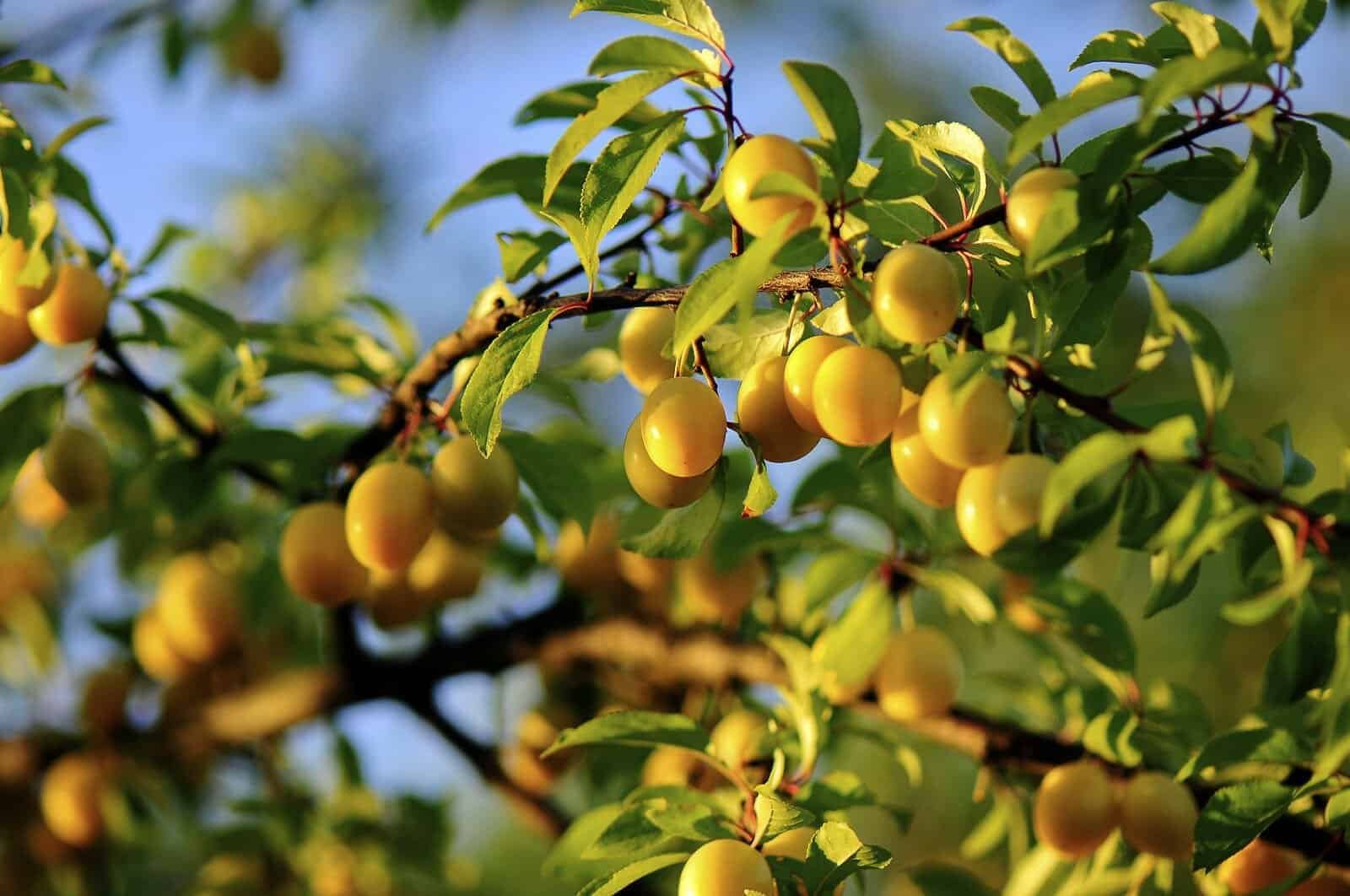Costa Rica, known for its lush rainforests and abundant biodiversity, provides an ideal environment for cultivating fruit trees. In the southern region of this enchanting country, where the climate is tropical and the fertile soil is rich, a variety of delicious and exotic fruits thrive. Whether you’re a local resident or an enthusiastic gardener looking to embark on a fruitful adventure, this blog will guide you through the steps to successfully grow fruit trees in southern Costa Rica.
Choosing the Right Fruit Trees:
Southern Costa Rica offers a diverse range of fruit tree options due to its favorable climate conditions. When selecting fruit trees for your garden, consider the following factors:
- Climate compatibility: Opt for trees that thrive in warm, tropical climates with high humidity and plenty of rainfall. Some popular choices include mangoes, avocados, papayas, citrus fruits (such as oranges, lemons, and limes), and guavas.
- Local availability: Consider the availability of saplings or seeds in local nurseries or from reputable suppliers in the region. Native or locally adapted varieties tend to perform best in the area.
- Space constraints: Take into account the space available in your garden and the size of the fruit trees at maturity. Dwarf or semi-dwarf varieties are excellent options for small gardens or containers.
Preparing the Soil:
Preparing the soil is a crucial step to ensure the healthy growth of fruit trees. Here are some essential guidelines:
- Soil composition: Costa Rican soils are generally fertile, but it’s essential to ensure good drainage. Amend heavy clay soils with organic matter, such as compost or well-rotted manure, to improve drainage and nutrient retention.
- Soil pH: Most fruit trees prefer slightly acidic to neutral soils. Conduct a soil test to determine the pH level and make necessary adjustments by adding lime to raise the pH or sulfur to lower it.
- Mulching: Apply a layer of organic mulch around the base of the trees to conserve moisture, suppress weed growth, and provide a steady supply of nutrients as it decomposes.
Planting and Care:
Follow these steps to establish healthy fruit trees in your garden:
- Planting location: Choose a sunny spot in your garden that receives at least 6-8 hours of direct sunlight daily. Adequate sunlight ensures optimal fruit production and enhances the flavor of the fruits.
- Digging the hole: Dig a hole slightly larger and deeper than the root ball of the tree. Loosen the soil at the bottom of the hole to encourage proper root growth.
- Watering: Provide regular watering to young fruit trees to aid establishment. Afterward, water deeply but infrequently to encourage deep root growth. Avoid overwatering, as it can lead to root rot.
- Fertilization: Fruit trees benefit from regular fertilization. Apply a balanced organic fertilizer during the growing season, following the instructions on the product label. Compost and well-rotted manure can also be used as natural fertilizers.
- Pruning: Prune fruit trees during their dormant period to remove dead, damaged, or crossing branches. Pruning helps maintain tree shape, improves airflow, and promotes fruit production.
Pest and Disease Management:
In southern Costa Rica, fruit trees are susceptible to various pests and diseases. Here are some preventative measures:
- Integrated Pest Management (IPM): Implement an IPM strategy that combines cultural, mechanical, and biological controls to manage pests and diseases. Regularly inspect your trees and take appropriate action at the first sign of trouble.
- Natural predators: Encourage beneficial insects, such as ladybugs and lacewings, which feed on pests like aphids and scale insects. Planting flowers and herbs nearby can attract these helpful insects.
- Disease-resistant varieties: Choose disease-resistant varieties whenever possible to minimize the risk of infections. Proper spacing, good air circulation, and pruning can also reduce the incidence of diseases.
Harvesting the Fruits of Your Labor:
After patiently nurturing your fruit trees, the reward comes in the form of bountiful harvests. Keep the following in mind when it’s time to harvest:
- Harvesting time: Different fruits have specific indicators of ripeness. Refer to individual fruit tree guides or consult local experts to determine the optimal harvesting time for each fruit variety.
- Gentle handling: Handle harvested fruits with care to avoid bruising or damaging them. Use pruners or sharp scissors to ensure clean cuts without damaging the tree or neighboring fruits.
- Enjoying the fruits: Savor the flavors of your homegrown fruits fresh off the tree, incorporate them into delicious recipes, or share the bounty with friends and neighbors.
Growing fruit trees in southern Costa Rica is an immensely rewarding experience. With the region’s favorable climate, fertile soil, and abundant biodiversity, you can cultivate a wide array of delicious and exotic fruits. By carefully selecting the right fruit trees, preparing the soil, providing proper care, and managing pests and diseases, you can relish the tropical bounty of your own garden. Embrace the beauty of nature and indulge in the flavors that thrive in this tropical paradise.

